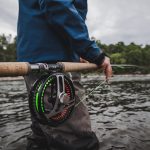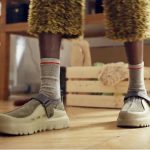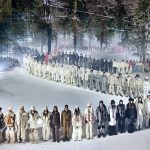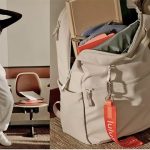Gun suppressor manufacturer SureFire, LLC filed a false advertising lawsuit in the Central District of California (Santa Ana Division), against Advanced Armament Corp.
AAC then filed its own false advertising counterclaim alleging that SureFires representation that its suppressors could withstand the continuous firing of 15,000 rounds without failure is false and no tests were conducted to support the statements.
Allegedly, on Dec. 23, 2008, AAC agreed not to run its advertisement in exchange for SureFires agreement not to seek preliminary injunctive relief. AAC also allegedly agreed to provide SureFires counsel with copies of modifications to the advertisement for approval prior to publication, but began running a modified version of the allegedly offensive advertisement without seeking SureFires prior approval.
As a result, SureFire filed an application for preliminary injunction to prevent publication of the modified version of the advertisement.
The modified advertisement contains the same pictures, but includes a statement in fine print “
that the SureFire suppressor was FIRED 580 ROUNDS and that the AAC suppressor is UNFINISHED/UNFIRED.”
SureFire contends that its suppressor must have been fired more than 580 times and appears to have been both abused and physically manipulated to create the false impression that it suffered a massive structural failure during normal use. SureFire also asserts “the claim that SureFires suppressors use spot-welds is literally false,” as are claims regarding the strength of AACs welds compared to those used by SureFire.
SureFire uses a series of redundant “tack” welds which uses molten filler to strongly join seams between metal pieces and not the weaker “spot” welds where pressure and a strong electric current effectively melts two overlapping pieces of metal together at the “spot” of application.
The AAC suppressor is produced by “fusion” welds, which do not use metal filler but draw metal from the two parts being joined together. According to SureFIre, “fusion” welds are generally weaker than “tack” welds, thereby rendering false AACs claims of greater durability.
AAC filed its opposition contending that its claims in the advertisement are not literally false and that the picture of the competitors product is not readily identifiable as a SureFire suppressor; therefore, no individualized harm can be shown by SureFire.
AAC also contends that it previously used filler material in what it calls “plug welds,” but turned to fusion welds for strength because “a plug weld does not join all abutting metal at the seam, it is not continuous, and as a results, is not as strong.”
AAC admits that its advertisement states that spot welded cores “can fatigue, crack, and break under the high-stress environment of semi and full-auto firing,” but denies that its advertisement makes any representations about failure rates for spot welds, even though AAC contends that fusion wells are stronger and more durable.
In its Reply Memorandum, SureFire submits the declaration of a metallurgical engineer to rebut AACs contention that SureFires “tack” welds are the same thing as “spot” welds. The engineers declaration distinguishes between filler incorporated “tack” welds and spot welds which exclude filler, and contends that ACCs advertisements “Spot-Welded” designation of SureFires suppressor is literally false.
SureFire further argues that AACs contention that SureFires suppressor is not as strong as the AACs welds is false because AAC has failed to do any comparative testing prior to making such claim, only relying on the “common sense” of AACs declarant. AACs implied assertion that its fusion welds cannot “fatigue, crack, and break under the high-stress environment of semi and full-auto firing” is also contested by the engineer because any weld can break. SureFire also contends that the comparative product is readily identifiable as a SureFire suppressor because its distinctive single weld ring on the outer tube is depicted in the picture. SureFire also submits evidence from Internet forums where users identify the product as a SureFire suppressor.
AAC filed an ex-parte application for leave to file a surreply, which the Court denied.















